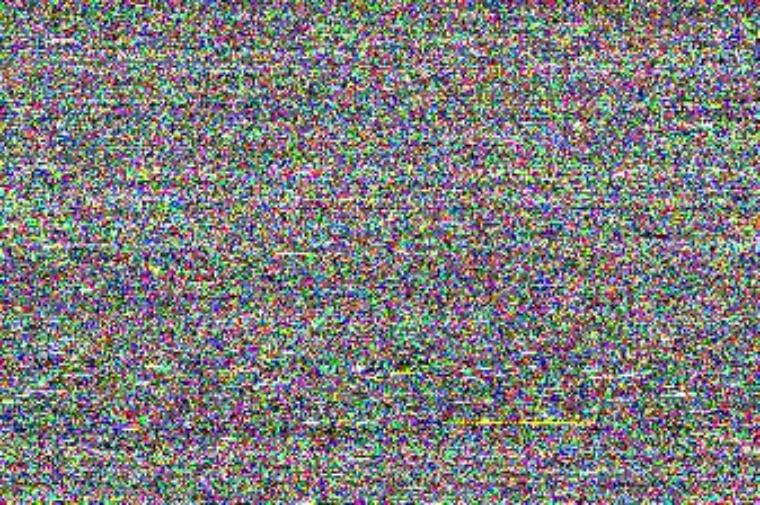The Art of Engineering

Peek inside an engineering student’s notebook and the artistry of his or her drawings and illustrations might surprise you. But maybe it shouldn't. With their inquisitive nature and natural curiosity, many of our SCU engineering students readily exercise the right side of the brain through painting, sculpture, digital art, and other media, and their conversations are apt to include creative and evocative phrases about, say, "an elegant line of code," or a "beautiful mathematical formula." Art is alive in the School of Engineering!
Recent bioengineering alumnus Mohit Nalavadi saw the beauty lurking within DNA, nucleotides, and amino acids. So he created an algorithm using open source information found online at UC Santa Cruz Genome Browser and wrote a computer code, AminoAcidify, which allows him to make what he calls "genetic art"—a complex, pixelated illustration of open source genomic DNA. The resulting images resemble the 1990s era Magic Eye optical illusions where horizontally repeating lines conceal 3D images of dinosaurs or battleships. But rather than masking hidden treasures, Nalavadi's artwork unveils a glimpse of the majesty and mystery of the human chromosome. "Assigning color to genetic material creates an image that appears chaotic," he said, "but from this stochastic demonstration comes life!"
He explains how his code works: "Genetic information is composed of four different nucleotides: G, T, C, and A (like 0s and 1s in binary). Three nucleotides combine to make an amino acid, which is the building block of a protein. And all living things are made of proteins. Chromatic pixels are made by adding various intensities of three color values: red, green, and blue. This creates every color you can see on a computer screen. AminoAcidify takes each three-letter amino acid combination (64 in total) and assigns it to a unique color. Each colored amino acid pixel is then saved to a location in the image. Simple, right?"
Simply wonderful! And even better, Nalavadi has made his code available to the public. Find it on his website: https://github.com/momonala